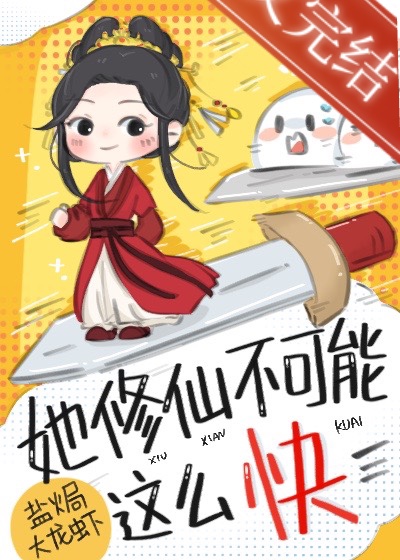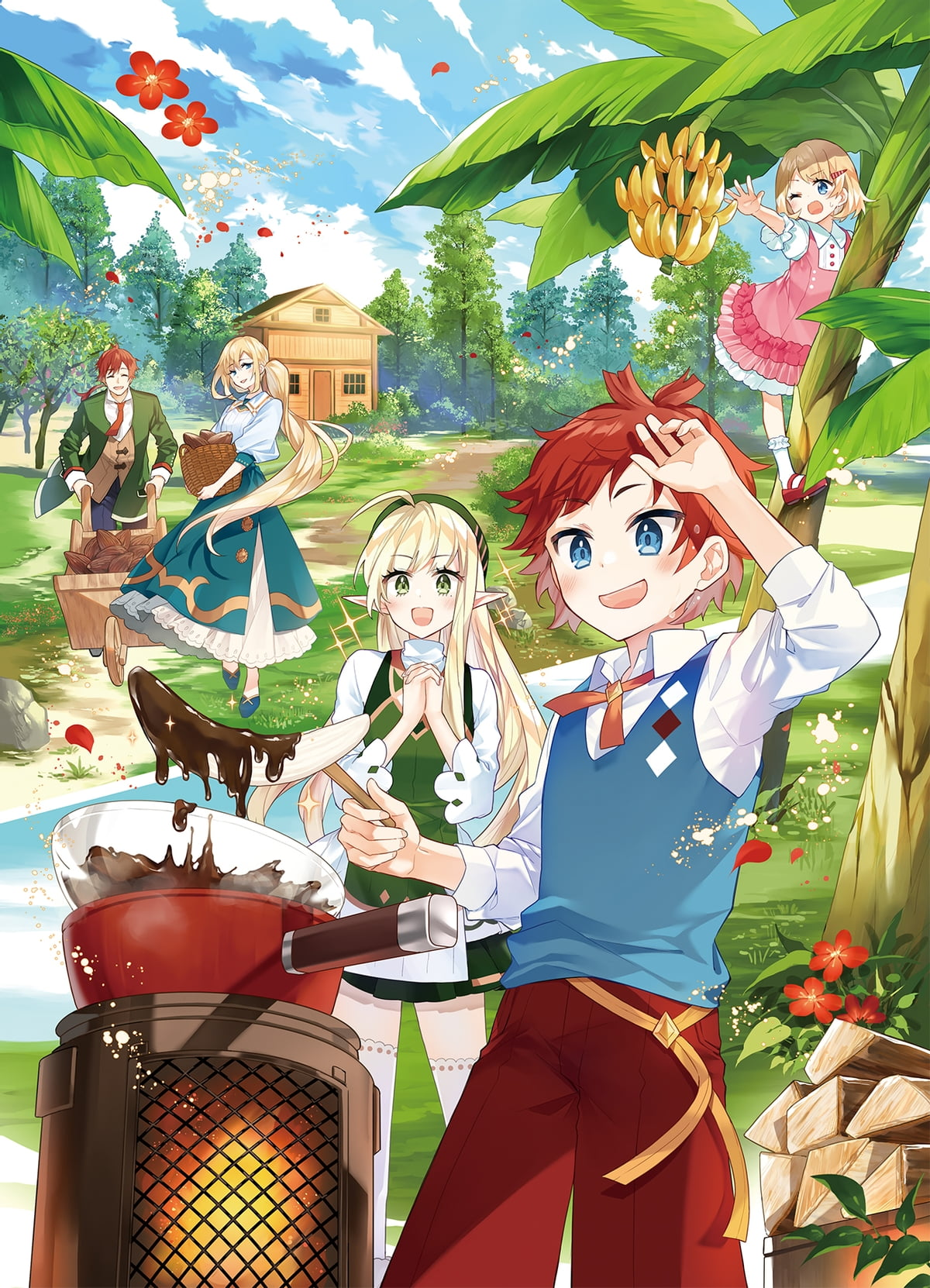Hero of Darkness
CH 592
Chapter 591 Buckling Up
The next morning, Kahn and Blackwalls rigorous started right off the bat.
Because of the 8 months break, their bodies had lost the touch and now, Throk wanted to get them back in the form first.
2 weeks later Kahn heard the system notification after going through day and night training after he recovered his peak form before the enlightenment.
[Following are the new skills and abilities unlocked by the host :
Bending (C Rank) (Active) :
Allows the host to perfectly bend or curve the metal into the desired shape based on the requirements and dimensions of the metal.
The host can strategically heat sections of the metal or alloy in the forge before bending it, rather than heating the entire piece to form shapes.
The host can also unbend metals by reheating the metal and reversing your steps while memorizing the complete steps.
–
Punching (D Rank) (Active) :
Allows the host to precisely use the Punch tool to make holes in hot metal.
The host will be able to make precise hits by heating the metal, identifying where to punch a hole and hammer the punching tool softly on the intended spot.
–
Drawing (C Rank) (Active) :
The host can now use this essential technique in blacksmithing which is used to make metal, alloys and forging material longer and thinner based on the intended design.
The host can manage the appropriate strength required to hold the tongs on a piece on the anvil and hammer both sides to extend the length.
–
Upsetting (C Rank) (Active) :
Allows the host to metal thicker, shorter, and narrower based on the desired shape requirements.
This technique requires the host to heavily concentrate while forging.
The process can be difficult to control due to the hosts experience.
The host is advised to heat the specific part of the metal in the forge that is intended to shape, rather than heating the entire piece collectively.
–
Shrinking (D Rank) (Active) :
Allows the host to perform the process of compressing metal between the flat head of the hammer and the flat surface of the anvil.
The host may be able to utilize it fully when the width of the anvil and flat head of the hammer is the same width as the object to be forged.
–
Annealing (A Rank) (Active) :
Allows the host to make the material being forged easier to work with.
It can be used to soften the metal, causing it to bend and shape more easily.
Annealing also protects the material from cracking or snapping.
To anneal material, the host will need to bring it up to heat in the forge and cool it down very slowly by placing it in sand or vermiculite.
This is especially important when working with recycled materials.
Annealing removes impurities in the grain, increases the materials strength, and reduces its hardness.
–
Hardening (D Rank) (Active) :
Allows the host to control the process of controlled heating and controlled cooling of the material in order to increase its strength.
The metal can be brought up to its highest temperature and is rapidly cooled by quenching it in a liquid commonly water, salt water, or oil.
Water is the fastest quenching material, while oil and salt may be added to slow down the cooling process.
This would prevent the materials from becoming brittle.
–
Tempering (F rank) (Active) :
Allows the host to temper the forged metal to increase the toughness and reduce excess hardness.
To temper, the metal should be heated and cooled at room temperature to decrease the brittleness and increase strength.
–
Cutting (B Rank) (Active) :
Gives a general sense of strength and precision to the host in order to cut metal, strike a hot cut chisel into material that has been heated up to a bright yellow color in the forge.
As the host cuts the steel, the chisel tip will also heat up, so the host must regularly quench the chisel in water to cool it off.
In order to protect the surface of the anvil, use a sacrificial piece of scrap metal between the material and the anvil.
Soft metals like aluminum are ideal sacrificial pieces in order to keep the chisel sharp.
–
Shaping (C Rank) (Active) :
Hot metal can be shaped using bending, drawing, and upsetting techniques.
First, the host must heat the metal in the forge until it is easily malleable.
Then, strike the hot metal with a hammer against the anvil to shape it.
–
Tapering (C Rank) (Active) :
To forge a taper, the host needs to heat the material on one end and position it on the edge of the anvil.
Using the drawing technique to strike the hot edge, rotating it 180 degrees each strike, and then 90 degrees each strike to narrow the edge to a tapered point.
–
Flattening (D Rank) (Active) :
Allows the host to use the flattening technique to reduce the thickness of a piece of metal through heating and striking.
–
Dishing (B Rank) (Active) :
The host can use the Dishing technique which is used to shape flat sheet metal into curved shapes by hammering it into a concave indentation, similar to a mold.
The host can use a dishing stump as a form to hammer into.
A dishing stump is a large wooden block, often built from a tree trunk, that has a circle carved into it, where the sheet metal is placed and hammered into.
–
Collaring (D Rank) (Active) :
The host can perform collaring, which is a joining technique that is accomplished by wrapping a piece of metal around the pieces of material that will be joined.
The host must strategically heat the two pieces of metal to be joined and hammer them together in one area, creating small O shapes.
This technique is also used in forge welding.
–
Note : All of the above skill ranks and levels will increase along with the hosts rank in Blacksmithing Craft.] reported the system one by one.
And finally at the end of the report, the system said the most romantic words Kahn heard ever since coming to the Vulcan empire.
[Congratulations to the host for becoming a Beginner Rank Blacksmith.]
Tip: You can use left, right, A and D keyboard keys to browse between chapters.
You'll Also Like
-

The Most Popular Comedian
Chapter 65 September 3, 2023 -

Red Envelope Group of the Three Realms
Chapter 1986 September 1, 2023 -

The Taste Of Apple Jam
Chapter 9 August 29, 2023 -

Using Gacha to Increase My Companions and to Create the Strongest Girls’ Army Corps
Chapter 84 August 28, 2023 -

The Cat Transformation
Chapter 27 August 26, 2023 -

Active JK Idol Seems to be Interested in Me Who is a Free Person.
Chapter 32 August 25, 2023 -

The Marquis’ Eldest Son’s Lascivious Story
Chapter 232 August 26, 2023 -

The Top Efficiency Cultivator
Chapter 21 August 22, 2023 -

You’re Beautiful When You Smile
Chapter 225 August 18, 2023 -

Secret Side Business Reincarnation: Former Yakuza Expands Territory for Family, But What?
Chapter 10 August 10, 2023 -

I Am The Villainess With A Maxed-Out Luck Stat
Chapter 4 August 25, 2023 -

Dream Breaker
Chapter 33 August 8, 2023
